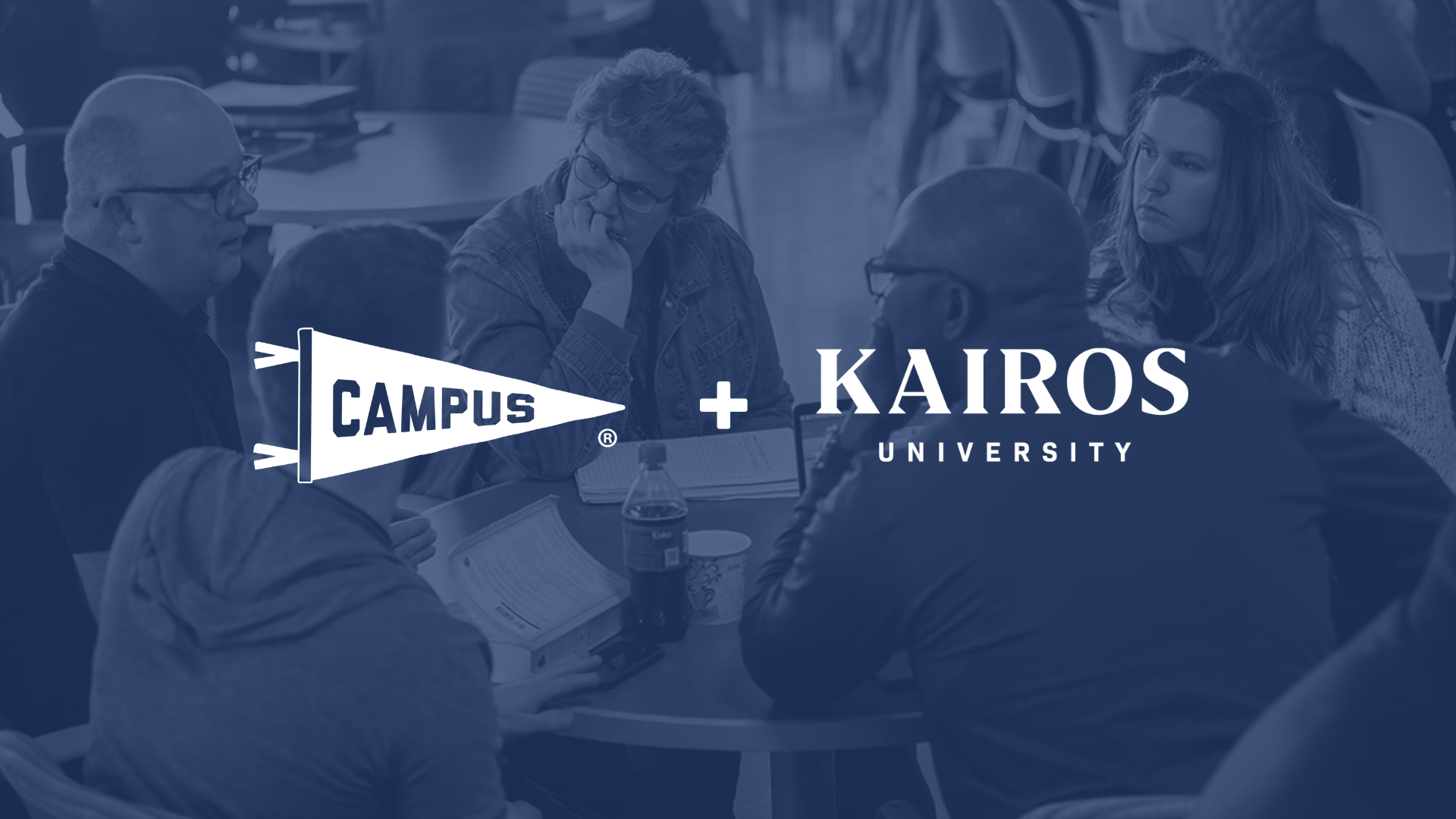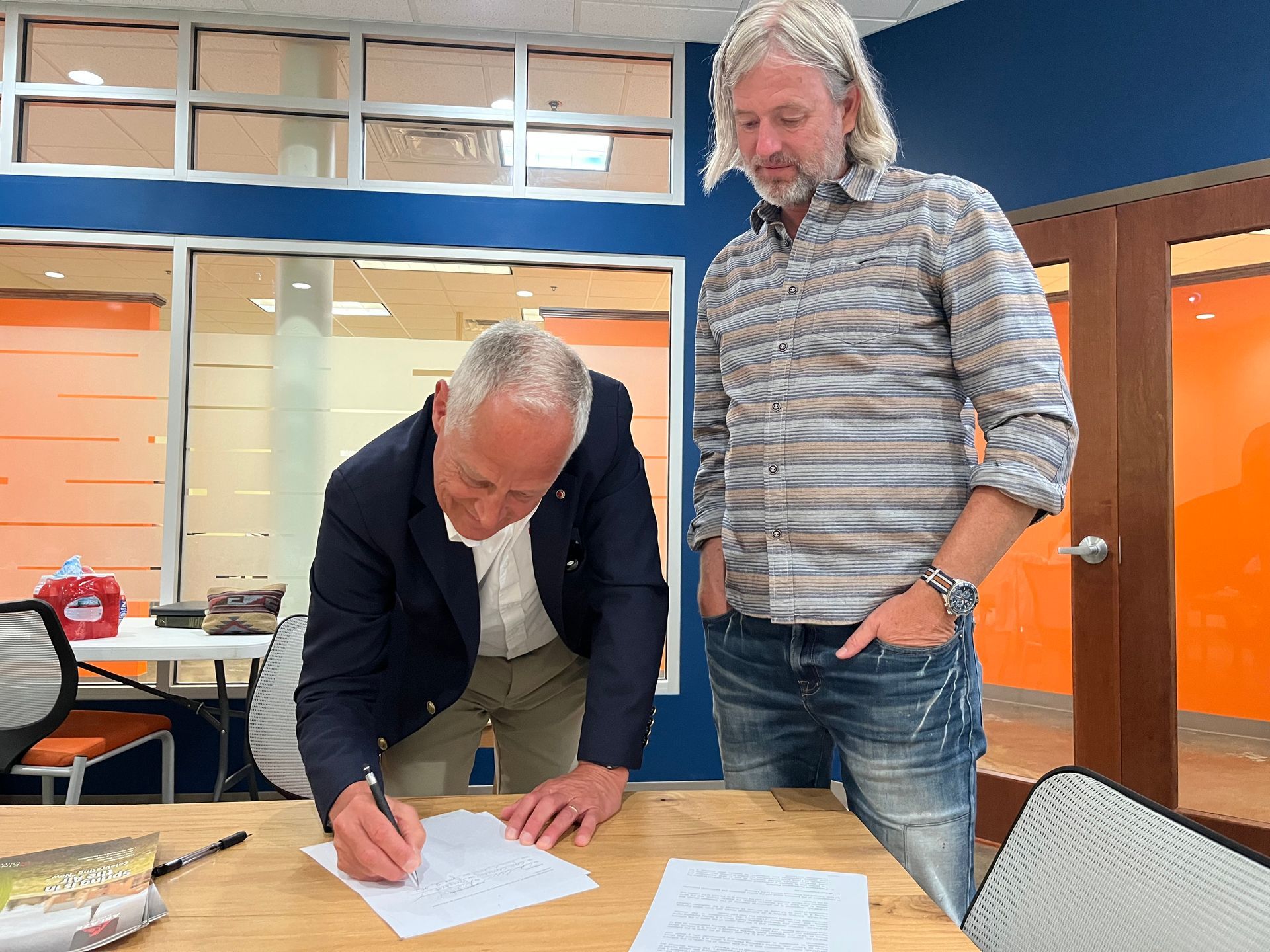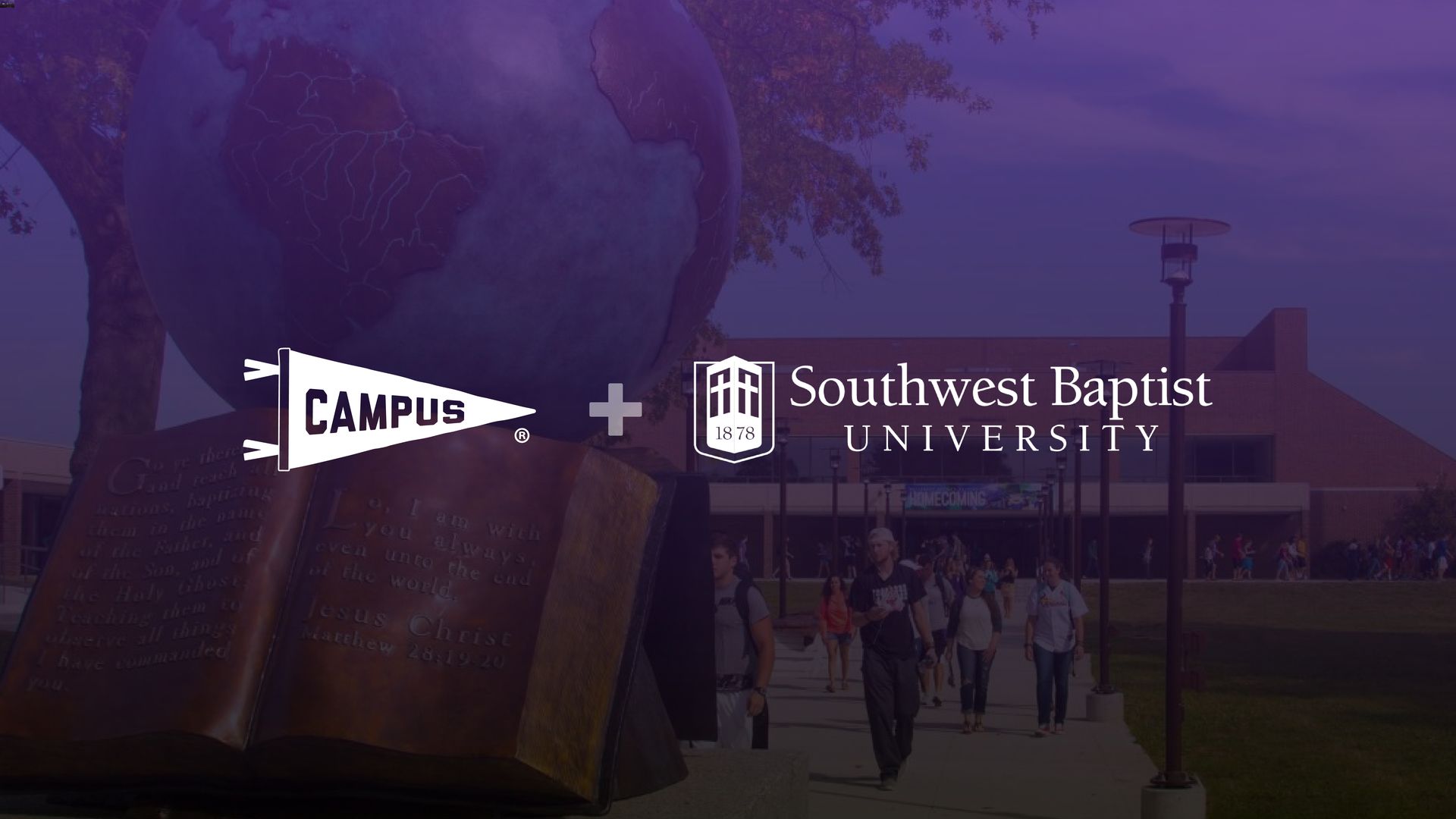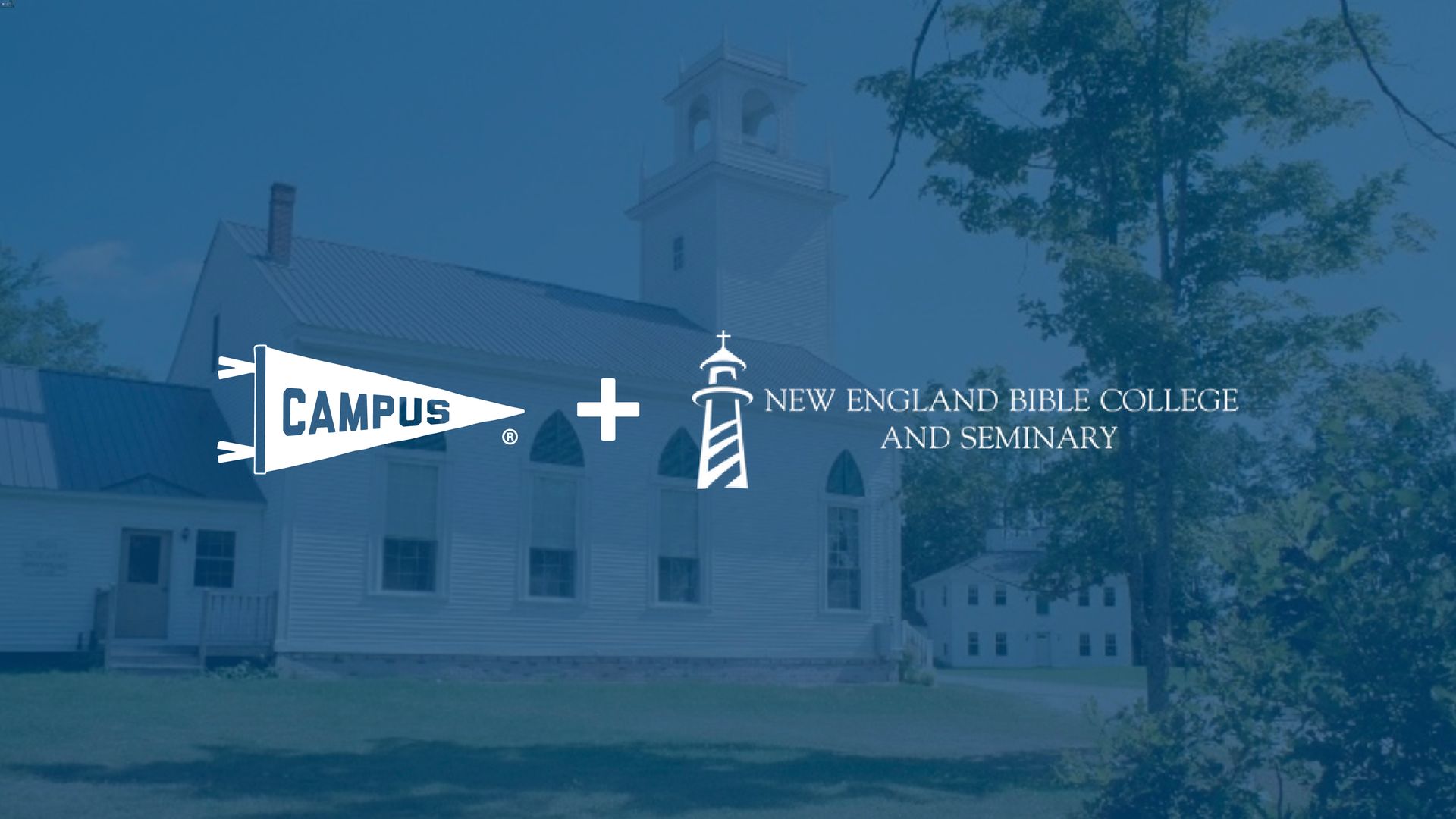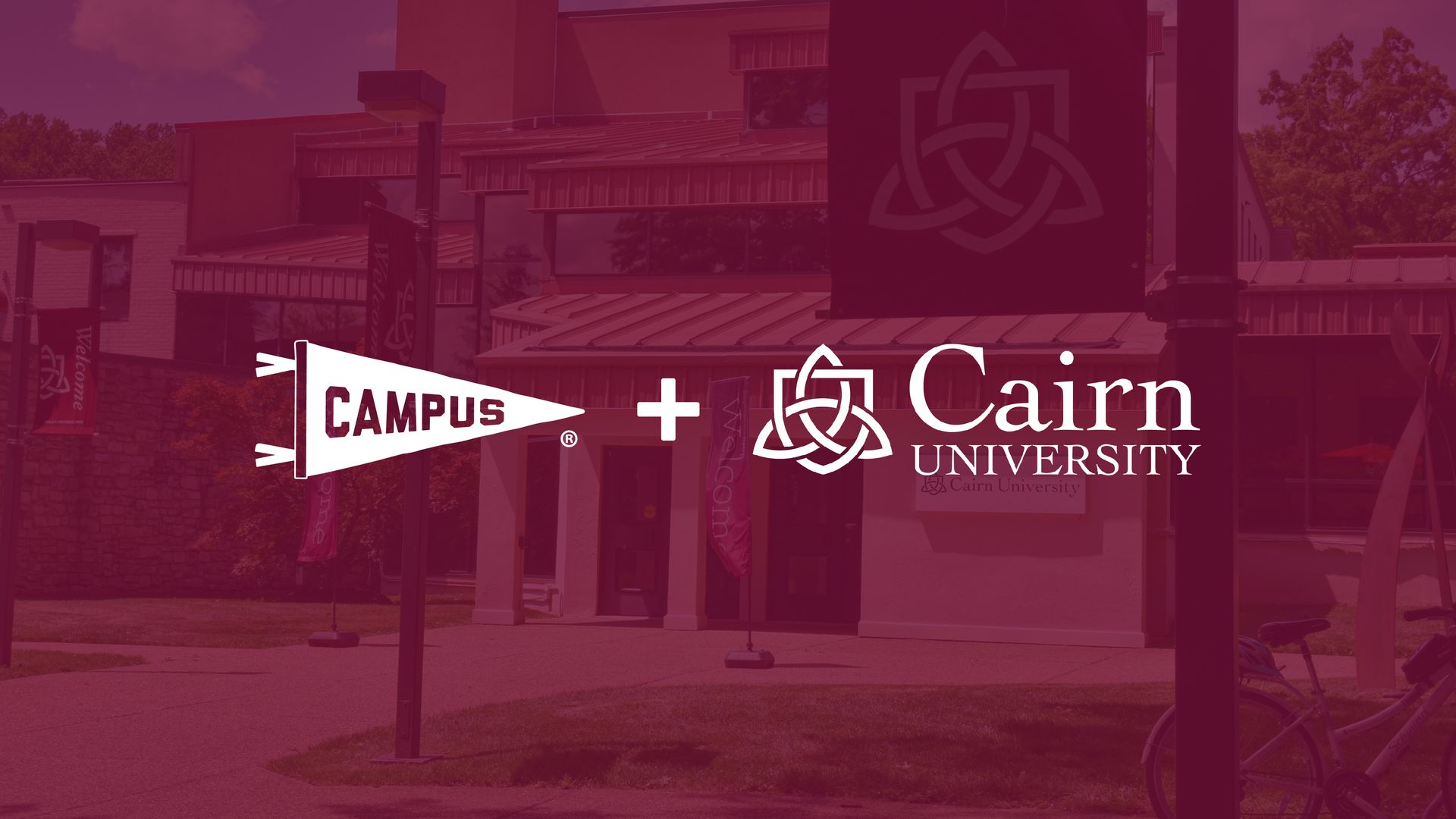Why Campus: Softer Landings
Ken Schenck
December 14, 2021

Why Campus: Softer Landings
Written by Ken Schenck
This current season in higher education is not pleasant for most colleges. A few are booming, reminding us a little of the saying, "Whoever has will be given more; whoever does not have, even what they have will be taken from them" (Mark 4:25, NIV). Jesus was of course speaking of spiritual things, but there is a tendency of worldly economics here too--"The rich get richer, and the poor get poorer."
If it hasn't been clear to this point, Campus aims to empower the Christian college or university that is currently facing scarcity. Campus changes the entire dynamic of downsizing and hopes to provide a way forward in these new realities.
Campus sees no future where residential education ceases to exist. However, it is likely that the sustainable college of the future will have a new equilibrium, where online and distance education is a larger portion of a student population than any residential campus. The residential portion will likely contract and specialize for a smaller number of students who will nevertheless still expect greater flexibility in how they take their courses.
Campus aims to provide a coping mechanism during this season of managed decline and turnaround. Our assumption is that, in most cases, the decline is happening and is going to happen. The best approach is to get ahead of the curve and be proactive. "A stitch in time saves nine." Our assumption is also that decline does not need to be the end of the story.
1. Campus can provide alternatives to draw students to your campus.
We are currently working with one university to pilot a residential model where a certain segment of students will live on campus, participate in campus life, and yet take most of their classes online through Campus Edu. The goal is not to take away from the number of students that would come to the campus normally but to find, as it were, the "lost sheep" who would not have matriculated otherwise.
Who are these "lost sheep"? Some are students who want to come to the college but cannot afford the normal sticker price. Think students who might be eligible for Pell grants but who cannot come anywhere close to filling the gap left even after full Pell. The Campus “collective” experiment will make it far more possible for these students to attend financially.
But there are still other students. There are those who do not fit the normal "Sit in a chair, listen, and take notes" approach to education. If in fact Campus is providing enhanced online courses that are more stimulating to the current generation, the hope is that some of the students who don't fare well in the traditional academy may thrive in this different approach. These students will take some 80% of their courses online with Campus Edu, while having one-on-one mentoring on campus provided by Campus Edu.
This is an experiment in which Campus is taking the risk. The names we pursue will be names that the university's admissions office provides, keeping the university in the driver's seat. It's a kind of situation where we are inviting the admissions office to say, "We challenge you to recruit these students."
This venture is a clear indication that Campus can be a vital partner of the residential college. We are here to help. The residential college student of today expects to be able to take some courses online while they are taking courses face-to-face as well. Whether it be sports, work, or other pressures, every residential college should have some online courses available to their students. Campus is an easy way to do it.
2. Campus provides economical ways to fill in gaps left by attrition.
The most painful and yet substantial ways to downsize are to lay off staff and faculty. Because of issues like tenure, such cuts sometimes have to be done on the program level. Alternatively, seniority can mean letting go of promising young faculty who might actually have breathed new life into certain programs. No one likes making these sorts of hard decisions, and they are fraught with problems on every side.
In the short run, it is easier simply not to replace faculty who are already retiring. The problem here is that such moves are not strategic. You end up with random holes that are purely happenstance. And of course it increases the burden on those faculty who remain. The number of adjuncts often increases. These individuals are often as underappreciated as they are less expensive.
In our earlier post on enriched curricula, we anticipated some of the ways Campus can help with this managed decline. Rather than eliminating that Spanish major, why not collaborate with three other colleges that are facing the same declining enrollment in the major? The choice is no longer between letting all your Spanish faculty go or continuing to lose money with under-enrolled classes.
If they have not done so by now, all colleges should be doing a cost-benefit analysis on their course offerings. This sort of study looks at things like class sizes, how many sections of each class are being offered, how often they are being offered, etc. The bottom line is how much such classes and majors cost in comparison to how much revenue they bring in.
Because Campus courses are meant to expand markets, courses on its platform are intended to run around the year. This eliminates the old problem of a course you have to offer so that students can graduate even though it doesn't stand a chance of having enough students to break even. Faculty are freed up from necessary independent and directed studies.
Campus also has on offer a model where the functions of instruction are distributed in a way that larger class sizes become possible without losing effectiveness. In this model, the primary content is pre-created as part of the instructional design, with the subject matter expert (SME) creating beforehand highly crafted instruction in small bites. Then there is a facilitator of the actual class offering, a master teacher/mentor. This person is the living voice of the class. Then, for every twenty students, there is an assistant that helps grade and provide individual feedback or engagement.
The result is a class with the best content, facilitated by a master teacher, with timely, individual feedback by a dedicated assistant. This model reduces the number of adjuncts a college needs while providing a specialist for the specific tasks involved in teaching. This also eliminates the need for so many sections of a course each semester.
The "glass is half full" interpretation is that this model frees up the professor who can never teach what they want to teach, let alone do research, because they are teaching three or four sections of an intro class every semester. And when the market is the global internet, a course that couldn't get enough students to run at a local college has a real chance of going. Just maybe the professor can finally teach the course they really want to teach.
When demand for a particular residential class has dried up, what if a professor became an online teacher with a wider audience? Interestingly, I have sometimes found that professors who might not be considered dynamic in the face-to-face classroom become superstars online. After all, online teaching requires a significantly different skill set than face-to-face. These are worlds that Campus can help open up.
3. Campus provides infrastructure services.
In the previous post, we mentioned that a college could use Campus Learn as their entire LMS. Just last week, we took the cartridge of a course at one college and imported it into Campus Learn, just to see what it would look like. A couple individuals on our team spent about an hour each fiddling. The result was a better look than online courses I've seen at universities that use Canvas and Brightspace. I found the intuitiveness and simplicity of the result compelling. Instead of five backdoor ways to do something, there were one or two obvious ways.
Imagine what we are saying here. Most small colleges have an IT department with a staff that is overworked and underpaid. They may not even have the resources to hire an instructional design person, let alone a team. By joining Campus' subscription model, such colleges will not only get a platform that probably looks better than what they currently have. They will get our support staff with dozens of software and instructional designers, much more than what almost all individual colleges can afford.
It is the responsibility of each Christian college and university to be just and fair to its family in these deliberations. We have to trust that no Christian administration would abuse the resources of Campus to make unnecessary decisions for purely utilitarian reasons. That would not be very Christ-like. It is simply the case that colleges are facing these hard decisions. Wave after wave of cuts seem so normal that some faculty and staff begin to get a sinking feeling every year after Christmas.
It is into that climate of despair that Campus Edu offers a lifeline. Cuts may still have to be made, but we offer possibilities that can soften the landing. Indeed, the goal is ultimately not the landing, but the relaunch thereafter. Once the residential campus has reached its equilibrium, the online reach can continue to expand.
The Campus Blog
